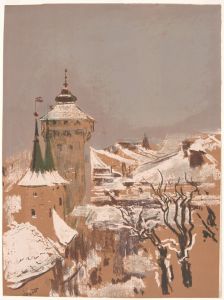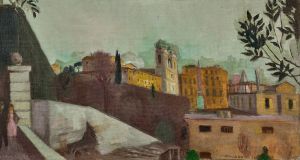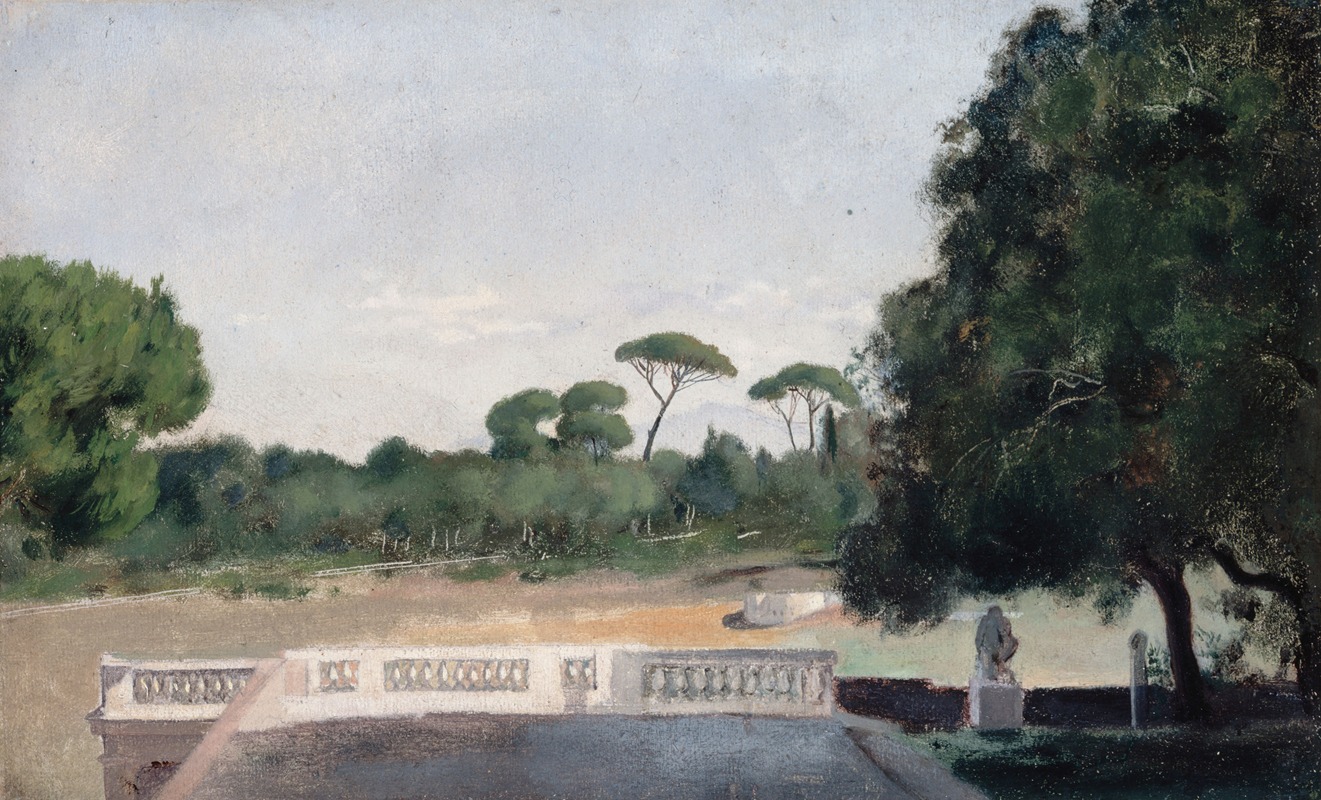
Jardins de la Villa Borghèse vus depuis la Villa Médicis à Rome
A hand-painted replica of Jean-Jacques Henner’s masterpiece Jardins de la Villa Borghèse vus depuis la Villa Médicis à Rome, meticulously crafted by professional artists to capture the true essence of the original. Each piece is created with museum-quality canvas and rare mineral pigments, carefully painted by experienced artists with delicate brushstrokes and rich, layered colors to perfectly recreate the texture of the original artwork. Unlike machine-printed reproductions, this hand-painted version brings the painting to life, infused with the artist’s emotions and skill in every stroke. Whether for personal collection or home decoration, it instantly elevates the artistic atmosphere of any space.
Jean-Jacques Henner's painting Jardins de la Villa Borghèse vus depuis la Villa Médicis à Rome (translated as Gardens of the Villa Borghese Seen from the Villa Medici in Rome) is a work by the French artist Jean-Jacques Henner (1829–1905). Henner was a prominent 19th-century painter known for his portraits, nudes, and landscapes, often characterized by their soft, atmospheric qualities and use of chiaroscuro.
This particular painting depicts a view of the gardens of the Villa Borghese in Rome as seen from the Villa Medici, a historic building that has served as the French Academy in Rome since 1803. The Villa Borghese gardens are one of the largest and most famous public parks in Rome, known for their lush greenery, classical sculptures, and fountains. The Villa Medici, located on the Pincian Hill, offers sweeping views of the city, making it a popular subject for artists, especially those associated with the French Academy.
Henner created this work during his time in Rome, where he studied as a recipient of the prestigious Prix de Rome. This scholarship, awarded by the French government, allowed young artists to study classical art and architecture in Italy. Henner won the Prix de Rome in 1858 and spent several years at the Villa Medici, where he was deeply influenced by the Italian landscape and the works of Renaissance and Baroque masters.
The painting reflects Henner's interest in capturing the interplay of light and shadow, a hallmark of his style. It likely portrays the gardens during a tranquil moment, emphasizing the serene beauty of the natural surroundings. The composition and execution suggest Henner's skill in blending realism with a poetic sensibility, a quality that earned him acclaim during his career.
While the exact date of the painting is not specified, it is reasonable to associate it with Henner's stay in Rome during the late 1850s and early 1860s. The work is an example of how Henner, like many artists of his time, drew inspiration from the Italian landscape and incorporated it into his artistic practice.
The painting is part of Henner's broader body of work, which includes both landscapes and figurative pieces. Today, Henner's works are held in various museums, including the Musée Jean-Jacques Henner in Paris, which is dedicated to his life and art. However, specific details about the current location or ownership of Jardins de la Villa Borghèse vus depuis la Villa Médicis à Rome are not readily available.







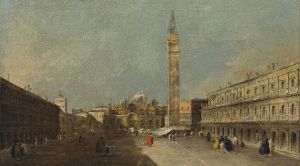
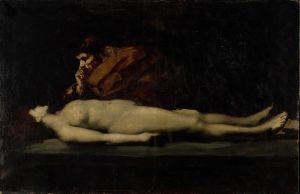



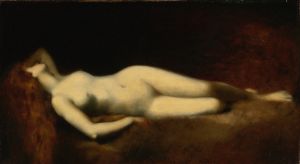
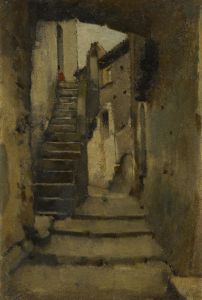

![Designs for roadhouse or terrace restaurant.] [Perspective elevation with colored roof](/imgs/249320/s/winold-reiss-designs-for-roadhouse-or-terrace-restaurant-perspective-elevation-with-colored-roof-95287611.jpg)
